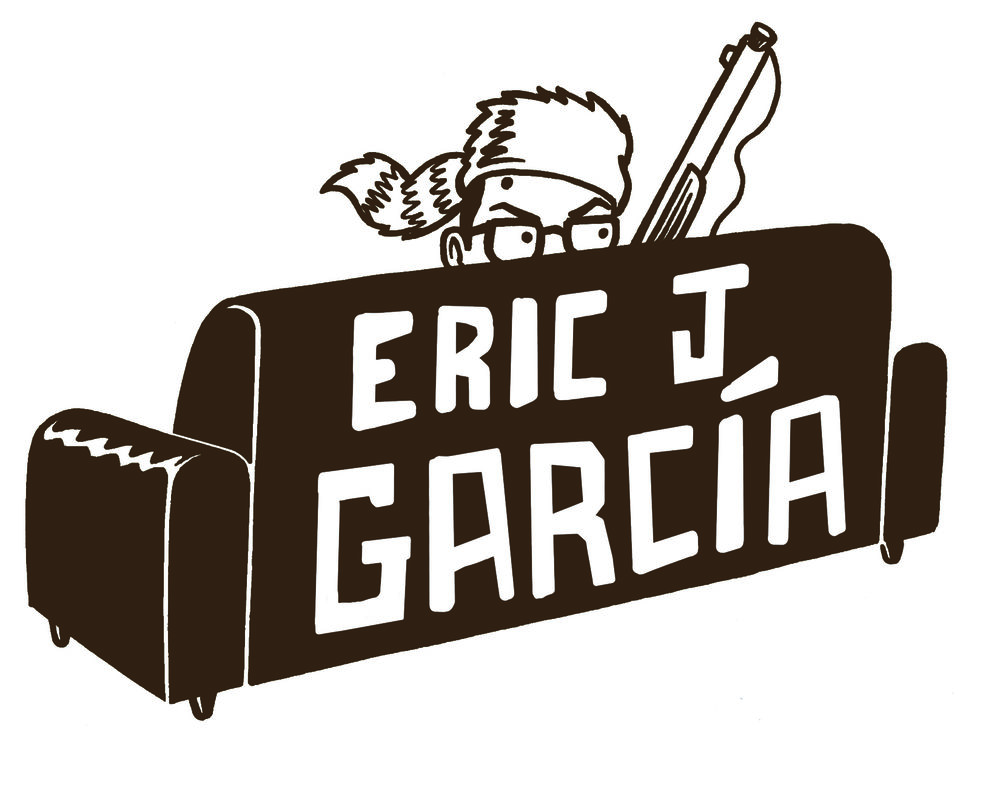¡Printing the Revolution! examines how graphic arts have been utilized to build community, engage the public around social concerns, and wrestle with shifting notions of the term Chicano, which Mexican Americans defiantly adopted in the 1960s and 1970s as a sign of a new political and cultural identity. During this period, Chicano activist-artists forged a remarkable movement of politically engaged printmaking rooted in cultural expression and social justice movements that remains vital today. This exhibition, for the first time, pairs historical civil rights–era prints alongside works from the 1980s to the present.
The exhibition includes 119 works ranging from traditional screen prints to digital graphics and augmented-reality works, to site-specific installations by more than 74 artists of Mexican descent and their cross-cultural collaborators. Through the decades, inexpensive and easily distributed posters, often marked by vibrant colors, bold lettering, and striking images, have communicated the prevailing social causes of their day—labor strikes, immigrant rights, movements, opposition to the Vietnam War, and community building—and, most significantly, have challenged the invisibility of Chicanos in US society. By highlighting previously marginalized voices, including women and LGBTQIA+ individuals, the exhibition offers an expanded view of American art and the history of graphic arts.
¡Printing the Revolution! The Rise and Impact of Chicano Graphics, 1965 to Now is organized by the Smithsonian American Art Museum with generous support from The Latino Initiatives Pool, administered by the Smithsonian Latino Center; Michael Abrams and Sandra Stewart; The Honorable Aida Alvarez; Joanne and Richard Brodie Exhibitions Endowment; James F. Dicke Family Endowment; Sheila Duignan and Mike Wilkins; Ford Foundation; Dorothy Tapper Goldman; HP; William R. Kenan Jr. Endowment Fund; Robert and Arlene Kogod Family Foundation; Lannan Foundation; and Henry R. Muñoz, III and Kyle Ferari-Muñoz.
Read details about the events and progaming around this exhibit: click here

